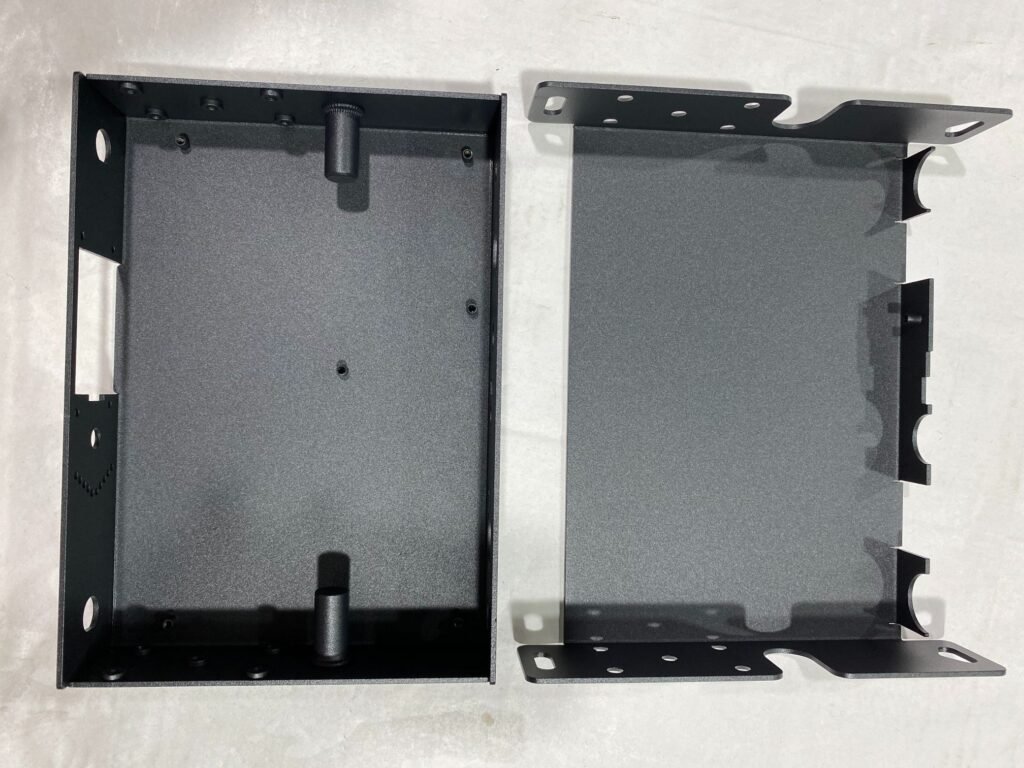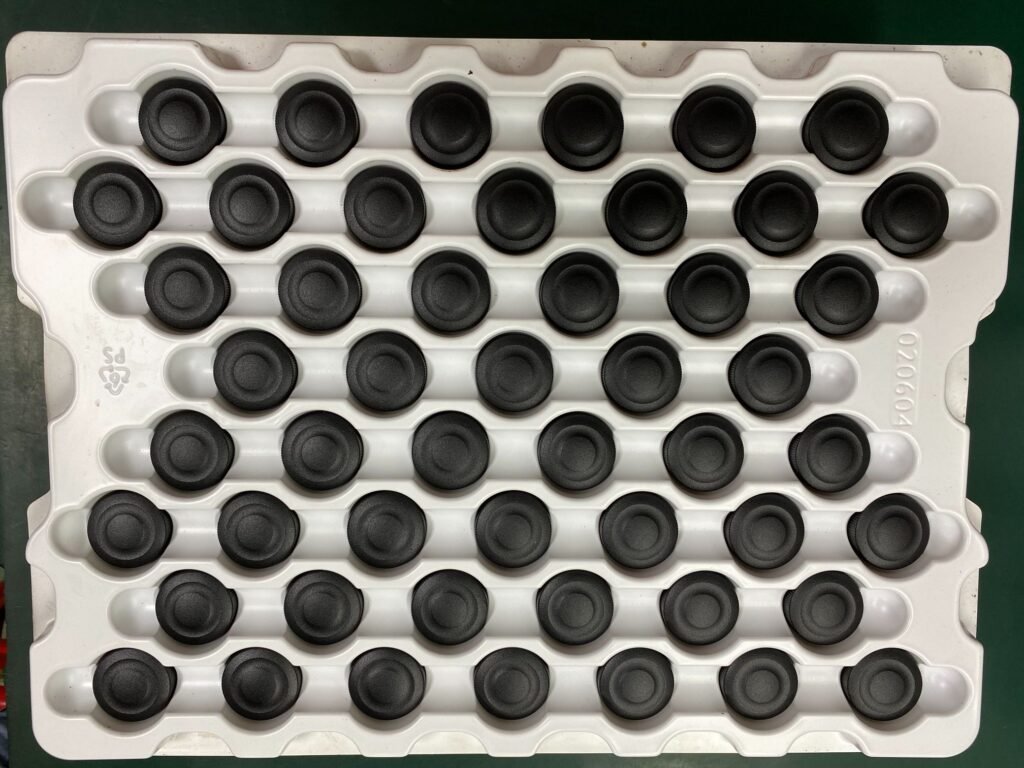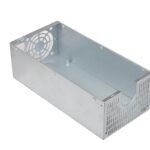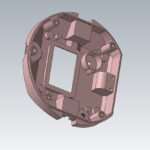Before using computer technology, engineers and designers relied on paper blueprints and schematics to flesh out new products. However, over the past few decades, CAD has been the go-to approach for designing basic parts for complex machinery.
Metal fabrication has solely relied on the benefits of CAD models for quick and efficient operation. This article breaks down the importance of CAD models for metal fabrication.
What are CAD Models?
CAD is computer-aided design and uses computers to guide and execute technical designs, drawings, and documentation. CAD models are 3D representations of object design in a virtual space. The CAD software maps out a detailed shape of the desired object with precise dimensions. The completed 3D CAD model can be directly sent over for fabrication.
CAM (computer-aided manufacturing)
A group of computer-controlled machinery having automatic manufacturing capabilities. CAMs are often used in conjunction with CMMs (computer measuring machines). CMMs are machines with sensors attached in place of cutting tools. These sensors move along the body of a part to determine its dimensions.
Importance of CAD Models

The importance of CAD models is evident from their prominence in modern-day manufacturing. Several industries, including computers, medicine, automotive, and consumer goods, all use CAD modeling.
Although there are several contributing factors to the success and importance of CAD, a few stand out from the rest.
The following are a few key elements of CAD design that are responsible for its importance to metal fabrication.
1.Visualization
Before the widespread availability of CAD software and systems, the full scope of a design was limited to one’s imagination. The final design was difficult to share with others and only existed in the head of the designer. And the full extent of a design could only be grasped after fabrication.
CAD modeling has allowed designers and engineers to bring their designs to life in a 3D environment. This has brought unprecedented speed and versatility to the design and drafting phase.
Engineers can now easily showcase their designs to manufacturers, who will better understand the final part, resulting in a much lower failure and defect rate. The importance of visualization cannot be understated.
Once manufacturers saw the benefits of 3D models, there was no going back. 3D CAD models have become an industry standard in just a little while after its mainstream appearance.

2.Convenience
An overlooked element of industrial work is convenience. After all, convenience is often associated with simplicity and laziness. But it is actually one of the most important elements for any manufacturing and design application.
CAD models are easier to edit, modify and improve. Unlike paper designs which rely on users to create a new set of 2D drawings for each small change, 3D models require just a few clicks.
The convenience of quick editing is particularly useful for prototyping purposes where a part goes through several iterations and changes before being finalized.
Editing is not the only section of design that has seen improvements through CAD models. The modeling and designing phase itself has gone through a complete overhaul. Creating geometric shapes like circles, squares, triangles, etc., now takes less than a minute. Where in the past, you would constantly be at the mercy of compasses and protractors to finish the same task.
3.Productivity
CAD models have brought significant time savings to the design and manufacturing sector. Proper measurements are essential to fabrication, as they ensure minimum errors during cutting and thanks to CAD designs, all measurements are accurate and all cuts are precise. This minimization of error results in better time efficiency and higher productivity.
Mistakes in the design phase can lead to significant defects in the final product. Luckily CAD model dimensions can be checked with the click of a button, negating any chance of an error occurring.
CAD design is also quick and easy to learn and has lowered the barrier to entry for designers. You can now design a part or complete assembly on a single computer without fussing around with paper, pencils, and set squares.
The convenience of CAD models is directly related to efficiency and time reduction, two very desirable outcomes.
Another benefit of using CAD models is convenient sharing and co-development. Instead of sending physical printed copies of a design, you can send the digital file to colleagues around the world and collaborate with them. An increase in productivity results in less time wasted, which in turn leads to cost savings.
4.Direct Fabrication
Soon after the invention of CAD modeling, manufacturers realized a possible companion to CAD models, CAM machines. Computing power had grown to a point where miniature computers could be attached to manufacturing equipment for automation purposes.
Thus, the CNC machining systems came into being. Machine operators would now input a CAD model into the system instead of long, complicated manual instructions, which resulted in manufacturing equipment that could work directly with CAD models to create accurate and precise parts.
This direct connection between CAD models and CNC machines is the biggest jump in manufacturing since the industrial revolution. All of our electronics, appliances, and vehicles are a direct result of direct metal fabrication using CAD models.
Conclusion
CAD models are the future, and they have occupied that title for several years now. They are convenient, flexible, and versatile tools that have led to a significant improvement in metal fabrication.
Many of our modern-day products cannot be made without the use of CAD models. We hope this article has opened your mind to the importance and possibilities of CAD design in the manufacturing space.

Why Choose QBH for your Metal Fabrication Projects?
QBH is an expert in CNC machining and metal fabrication. We have been making high-quality OEM and ODM parts for clients all around the world. We specialize in CNC Turning, CNC Milling, Sheet Metal Fabrication, and much more. Our flexible MOQ and quick turnaround times give us an edge over the competition.
QBH also offers design services to clients, where our professional engineers guide you and help you turn your ideas into CAD models. So don’t let this chance slip by, and Contact us Now!




